The sky begins to darken noticeably, even though it is daytime. The air cools, and a breeze picks up. Confused birds start heading back to their nests. Shadows start to become eerily sharp, and crescents of light can be seen in the shadows of trees. These are just some of the signs you may notice during a solar eclipse.

The Facts about TSEs
While the Sun is approximately 400 times larger than the Moon, the Moon is approximately 400 times closer to the Earth than the Sun. As a result, the Sun and Moon appear to be the same size. So, when the Moon falls directly in the line of view between the Earth and the Sun, a solar eclipse occurs, and the Moon casts a shadow, known as the umbra, on the Earth.
When the Moon appears slightly larger than the Sun, it can block out the everyday Sun. Thus, when the Moon goes centrally across the Sun, we have a total solar eclipse (TSE). This event is the most dramatic form of an eclipse. At the moment the Moon first seems to touch, or “kiss,” the Sun, we have first contact. For the next hour or more, the lunar silhouette passes over the solar disk. The second contact occurs when the Moon appears entirely within the solar disk.
Between the first and second contacts, part of the Sun is visible, but it is too bright to look at safely with your eyes, so you must use a special filter or a pinhole camera (see page 27). As the second contact occurs, a few beads of everyday sunlight peek through valleys aligned on the edge of the Moon, and we have “Baily’s beads.” The last Baily’s bead is so bright with respect to everything else in that part of the sky that it looks like a diamond on a ring (see page 6), with the band of the ring becoming a whitish circle—the solar corona. After this “diamond-ring effect,” we have totality (a total eclipse) that lasts from seconds to about seven minutes until third contact—between two minutes and two minutes forty seconds on the centerline of the 2017 United States eclipse. At this point, we see a second diamond-ring effect and another set of Baily’s beads.
Diese Geschichte stammt aus der January 2017-Ausgabe von Dig Into History Magazine for Kids and Teens.
Starten Sie Ihre 7-tägige kostenlose Testversion von Magzter GOLD, um auf Tausende kuratierte Premium-Storys sowie über 8.000 Zeitschriften und Zeitungen zuzugreifen.
Bereits Abonnent ? Anmelden
Diese Geschichte stammt aus der January 2017-Ausgabe von Dig Into History Magazine for Kids and Teens.
Starten Sie Ihre 7-tägige kostenlose Testversion von Magzter GOLD, um auf Tausende kuratierte Premium-Storys sowie über 8.000 Zeitschriften und Zeitungen zuzugreifen.
Bereits Abonnent? Anmelden
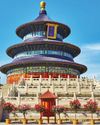
Worshiping Heaven
For almost 500 years, emperors of the Ming and Qing dynasties offered sacrifices and prayers at the Temple of Heaven in Beijing.
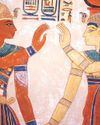
Peace Reigns
The news spread throughout Egypt—a new pharaoh, Ramses III, now sat on the throne.
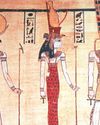
Problems To The East
Ramses III, the second king of Egypt’s 20th Dynasty, is viewed as Egypt’s last truly great pharaoh.
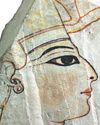
The Successors
Following the death of Ramses III, eight pharaohs, all named Ramses, ruled Egypt.
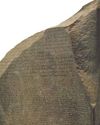
Stone Code
Hundreds of ships, led by the French general Napoleon Bonaparte, sailed from France in May 1798 on a secret mission.

Up & Away!
Eclipse observers often face unexpected difficulties, sometimes on their way to their chosen sites and sometimes at a site itself.
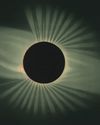
Edison's Eclipse Adventure
Thomas Edison (1847–1931) is the best-known inventor in American history.
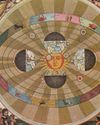
Digging Up Copernicus
The scientist “who made the Earth a planet” is how the Harvard-Smithsonian astronomer Owen Gingerich refers to Nicolaus Copernicus (1473–1543). Copernicus’ path breaking book, On the Revolutions of the Heavenly Spheres,challenged the centuries-old belief that the Earth stood stationary at the center of the cosmos.

Demosthenes & Cicero
Even today, more than 2,000 years after they lived, Demosthenes and Cicero are still considered two of history’s most outstanding orators.
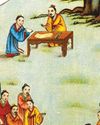
Confucius & Socrates
Some teachers are so inspirational that their influence lives on long after they die.